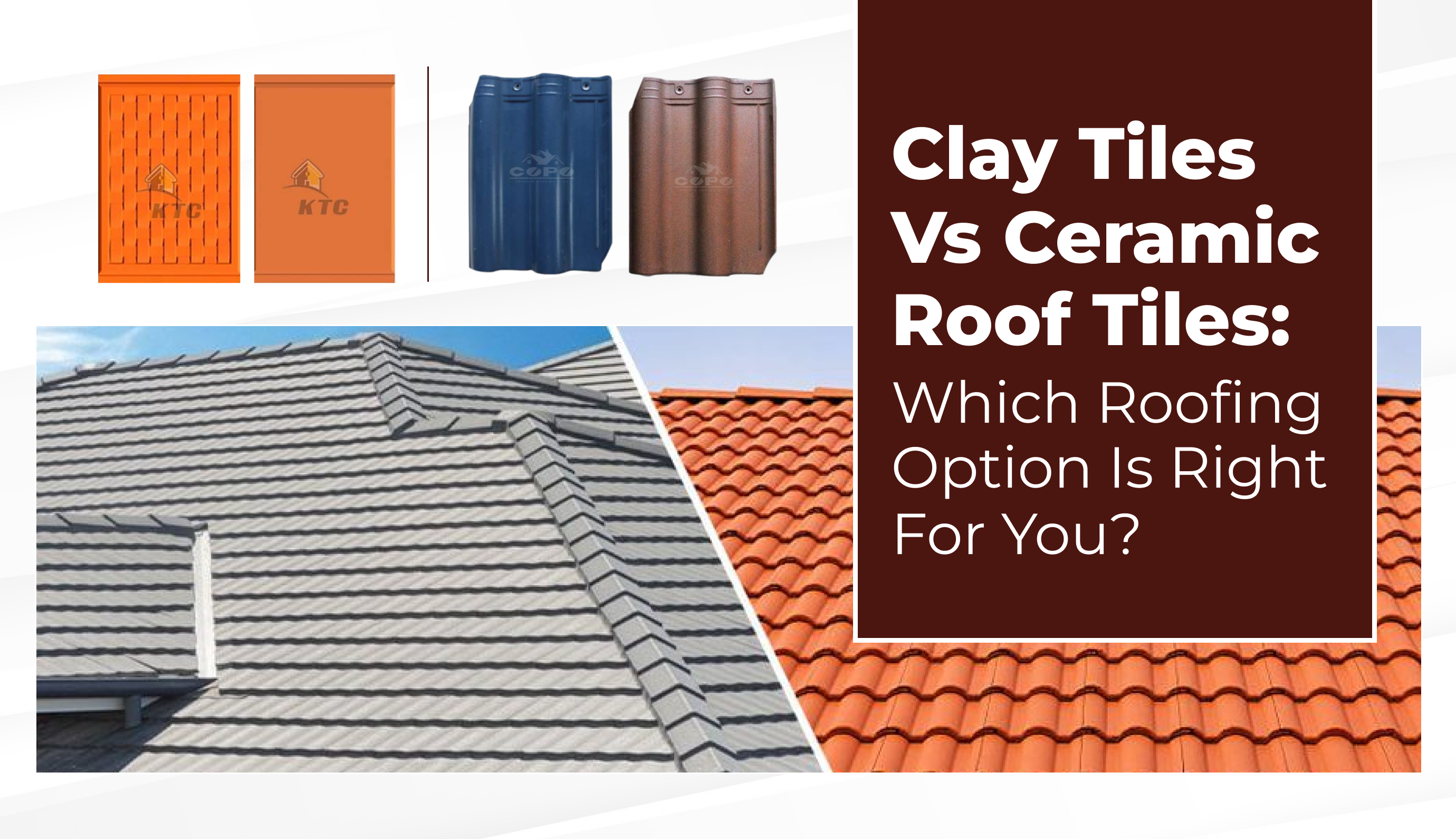
When it comes to selecting a roofing material, the decision goes far beyond aesthetics. The right choice impacts your property's structural integrity, weather resistance, energy efficiency, and long-term maintenance costs. Among the most popular and time-tested options available today are Clay Roof Tiles and Ceramic Roof Tiles in Bangalore—each known for their strength, visual appeal, and long-term performance. Whether you’re building a new home, restoring a heritage structure, or upgrading a commercial property, understanding the unique properties of these materials is essential. This guide provides a clear comparison between clay and ceramic roof tiles, helping you choose the most suitable solution based on your architectural vision, climate conditions, and budget priorities.
Material and Manufacturing Differences
Both options are crafted from natural clay, but the manufacturing process varies. Clay Tiles are shaped and fired without additional coatings, giving them a porous and earthy surface. In contrast, Ceramic Roof Tiles undergo a glazing process before firing, creating a smooth, sealed finish that enhances durability and reduces water absorption.
Aesthetic Appeal and Style Options
Clay Tiles offer a traditional and timeless look, often seen in Mediterranean, colonial, or rustic-style homes. They come in warm tones like terracotta, red, and brown, blending seamlessly with natural surroundings.
Ceramic Roof Tiles, due to the glaze, provide a wider variety of colors and finishes—from matte to glossy. This makes them suitable for modern, urban, or custom-designed buildings seeking a more polished and contemporary appearance.
Weather Performance and Durability
Both types offer long-term strength and resistance to high temperatures. However, Ceramic Roof Tiles provide enhanced resistance to moisture, frost, and algae due to their glazed coating. This makes them ideal for humid or coastal regions.
Clay Tiles, while durable, are better suited to dry climates and may require sealing in wet environments to prevent moisture absorption.
Maintenance and Cleaning
Maintenance needs depend on the surface finish and local weather conditions. Clay Tiles may require occasional sealing and cleaning, especially in shaded or damp areas. Ceramic Roof Tiles, with their smooth surface, are easier to maintain and less prone to mold or discoloration.
Longevity and Life Expectancy
When installed correctly, both types can last 40–60 years or more. Proper roof slope, underlayment, and ventilation enhance performance, regardless of the material chosen.
Cost Comparison
Clay Tiles are generally more affordable upfront and offer good value for traditional-style projects. Ceramic Roof Tiles may cost more initially, but they require less maintenance and provide added weather protection, delivering long-term value.
Which Option Should You Choose?
Choose Clay Tiles if you prefer a classic, natural look, and your building is in a dry or temperate area.
Choose Ceramic Roof Tiles for enhanced color options, lower maintenance, and better performance in rainy or coastal environments.
Both are excellent roofing choices. The right option depends on your budget, design preferences, and local climate.
Conclusion
Choosing between Clay Roof Tiles and Ceramic Roof Tiles in Bangalore depends on aligning your roofing goals with your architectural style, climate requirements, and long-term maintenance preferences. Both materials offer excellent insulation, energy efficiency, and longevity, making them smart investments for any roofing project.
If you're aiming for a warm, earthy feel and cost-effectiveness, clay is a solid choice. If modern styling, vibrant colors, and low maintenance appeal to you, ceramic provides greater versatility and protection.
To explore the best roofing options with confidence, visit Kerala Tiles Company. Our expert team will help you compare features, understand advantages, and choose the perfect tile solution for your home or commercial project. Discover a wide variety of high-quality roof tiles that combine durability, beauty, and performance—all under one roof.


